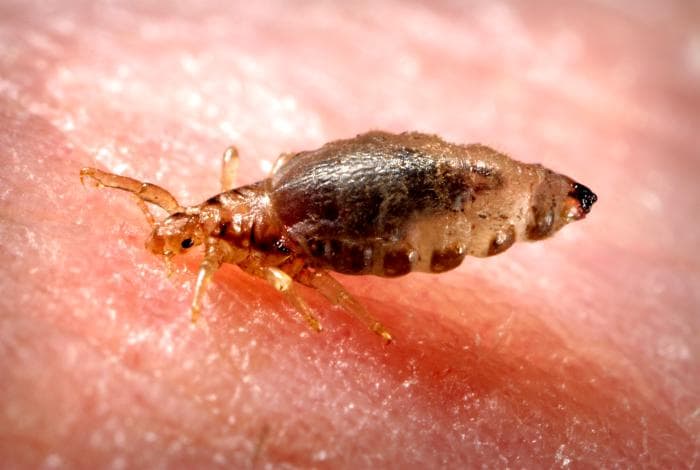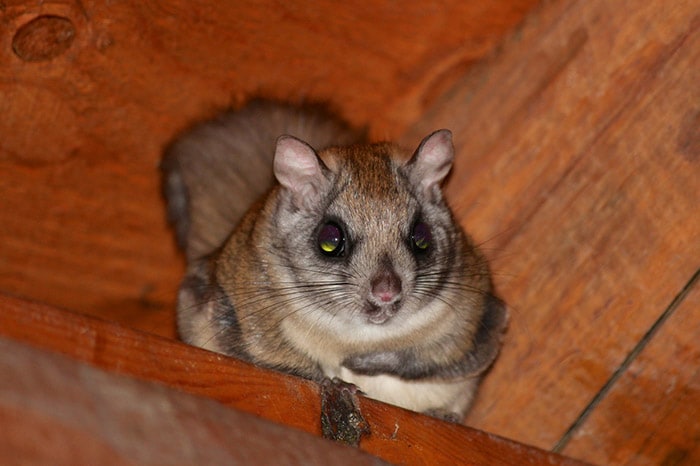Key points
- Epidemic typhus is transmitted through infected body lice.
- Symptoms of epidemic typhus include fever, headache, rash, and confusion.
- Symptoms usually begin within two weeks after exposure to infected lice.
- Treatment for epidemic typhus involves the antibiotic doxycycline.

What it is
Epidemic typhus, also called louse-borne typhus, is an uncommon disease caused by a bacteria called Rickettsia prowazekii. Epidemic typhus is spread to people through contact with infected body lice.
Though epidemic typhus was responsible for millions of deaths in previous centuries, it is now considered a rare disease. Occasionally, cases continue to occur in areas where extreme overcrowding is common and body lice can travel from one person to another.
In the United States, rare cases of epidemic typhus, called sylvatic typhus, can occur. These cases occur when people are exposed to flying squirrels and their nests.
Signs and symptoms
Symptoms of epidemic typhus begin within 2 weeks after contact with infected body lice. Signs and symptoms may include:
- Fever and chills
- Headache
- Rapid breathing
- Body and muscle aches
- Rash
- Cough
- Nausea
- Vomiting
- Confusion
Brill-Zinsser disease
Some people can remain infected, without symptoms, for years after they first get sick. Rarely, these individuals can have a relapse in disease, called Brill-Zinsser disease, months or years following their first illness. When this happens, it often occurs when the body's immune system is weakened due to certain medications, old age, or illness. The symptoms of Brill-Zinsser disease are similar to the original infection, but are usually milder than the initial illness.

Prevention
No vaccine is available to prevent epidemic typhus.
Body lice thrive in areas that are overcrowded and where people aren't able to bathe or change clothes regularly.
To avoid body louse infestations:
- Bathe regularly and change into clean clothes at least once a week.
- Wash louse-infested clothing at least once a week.
- Machine wash and dry infested clothing and bedding using hot water (at least 130°F), and dry on high heat when possible.
- Clothing and items that are not washable can be dry-cleaned OR sealed in a plastic bag and stored for 2 weeks.
- Machine wash and dry infested clothing and bedding using hot water (at least 130°F), and dry on high heat when possible.
- Do not share clothing, beds, bedding, or towels used by a person who has body lice or is infected with typhus.
- Treat bedding, uniforms, and other clothing with 0.5% permethrin. Permethrin kills lice and may provide long-lasting protection for clothing for many washings. See product information to learn how long the protection will last. If treating items yourself, follow the product instructions carefully. Do NOT use permethrin products directly on skin. They are intended to treat clothing.
- Avoid contact with flying squirrels and their nests.

Testing and diagnosis
The symptoms of epidemic typhus are similar to symptoms of many other diseases. See your healthcare provider if you develop the symptoms listed above following travel or contact with animals. Tell your healthcare provider if you have had contact with flying squirrels or their nests.
Your healthcare provider will order a blood test to look for epidemic typhus and other diseases. Laboratory testing and reporting of results can take several weeks. Your healthcare provider may start treatment before results are available.
